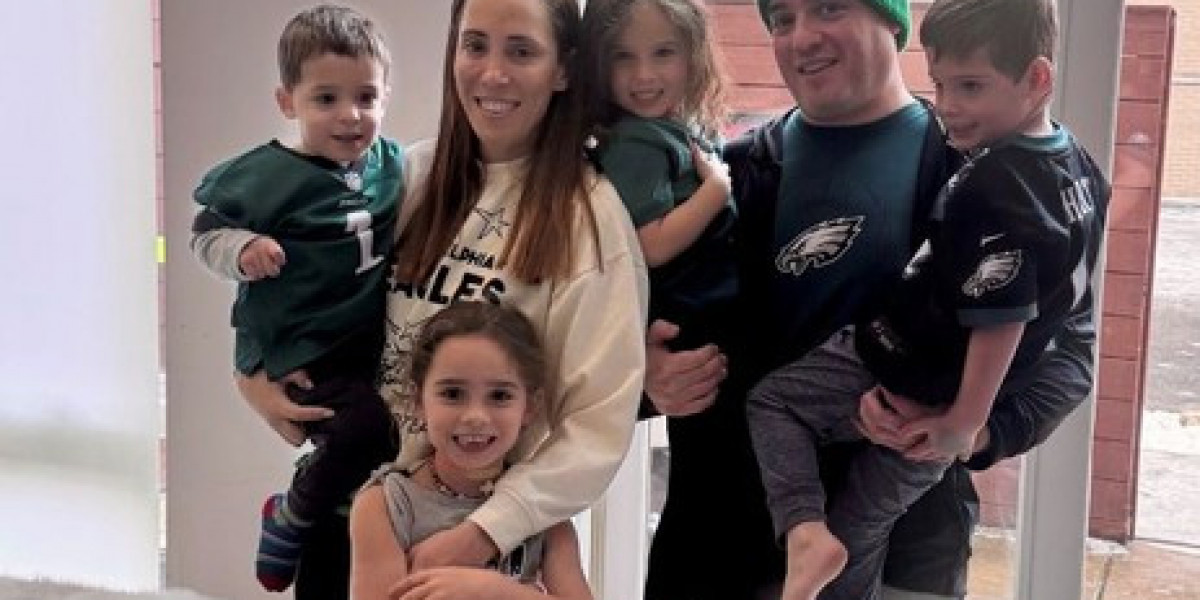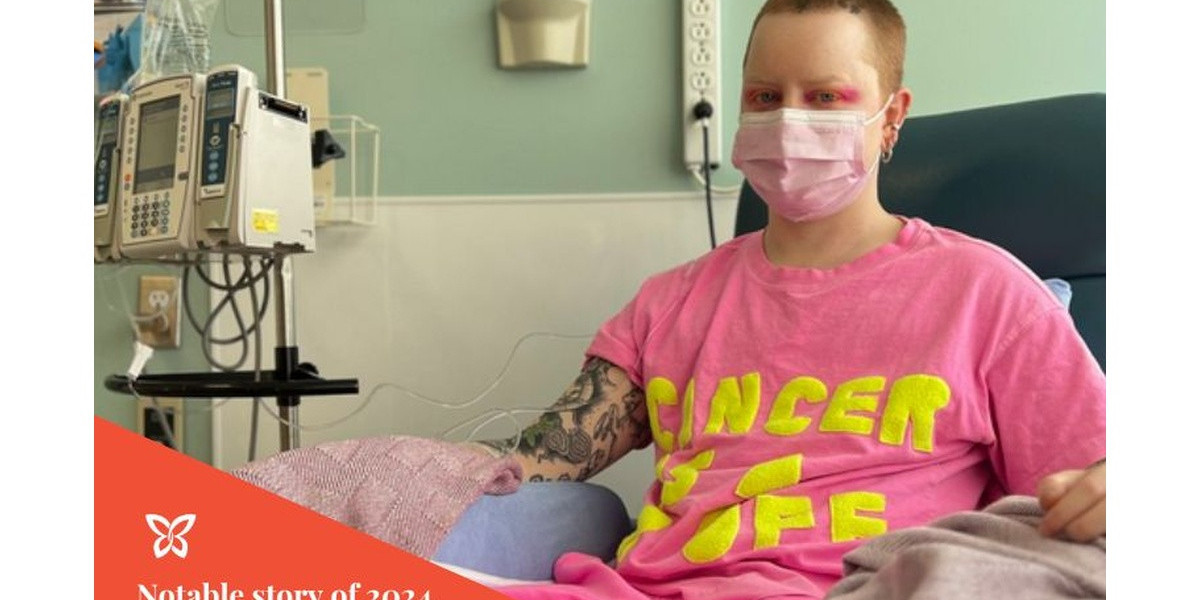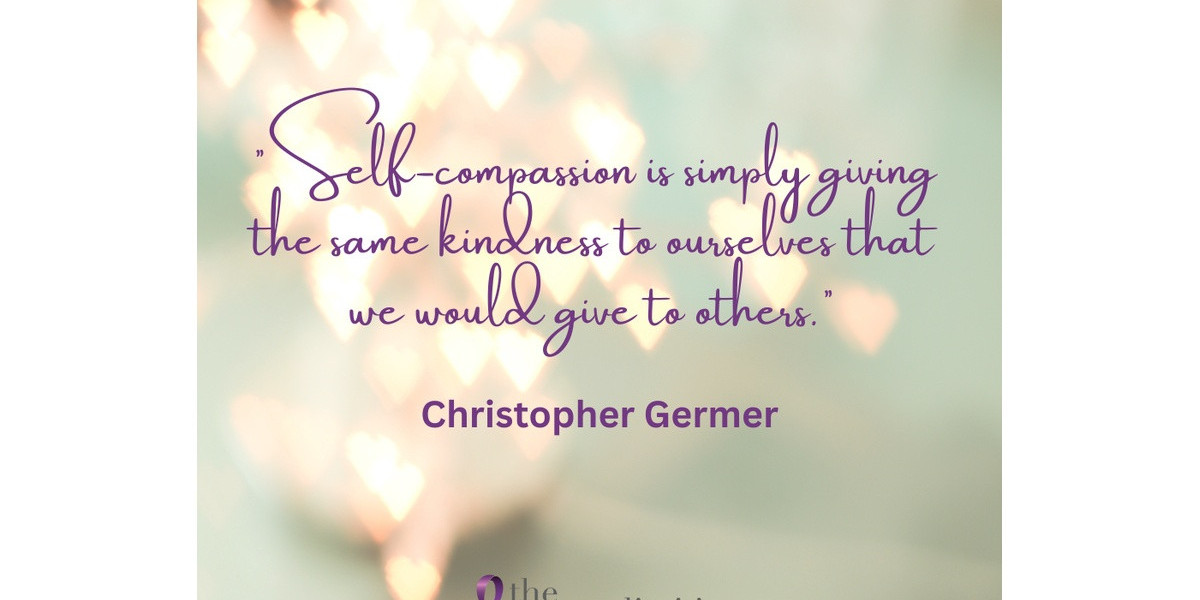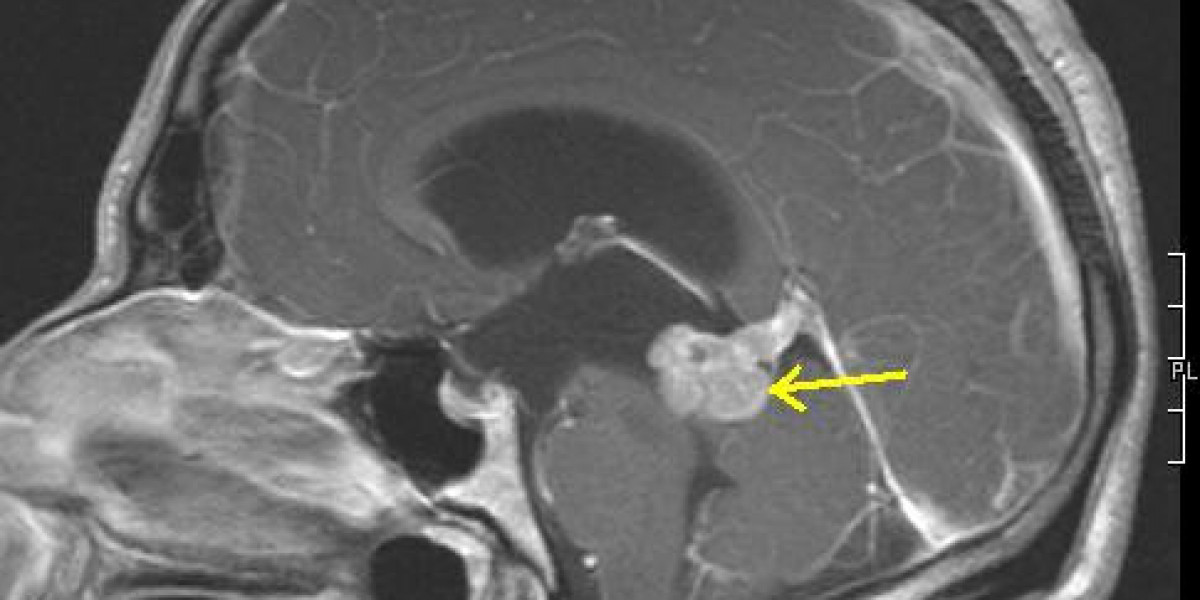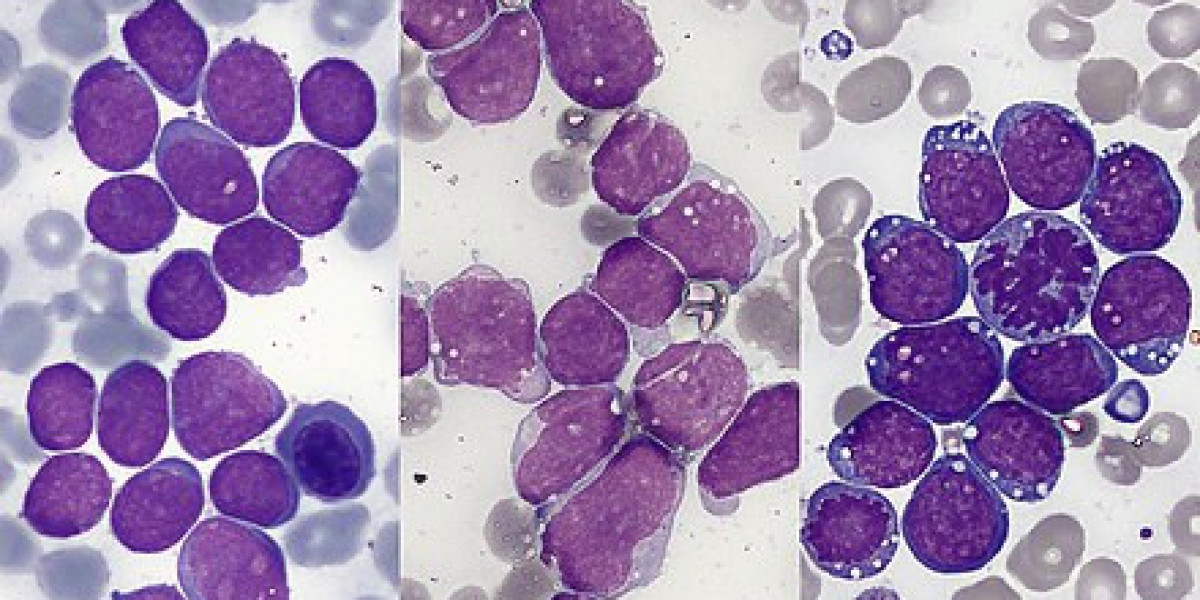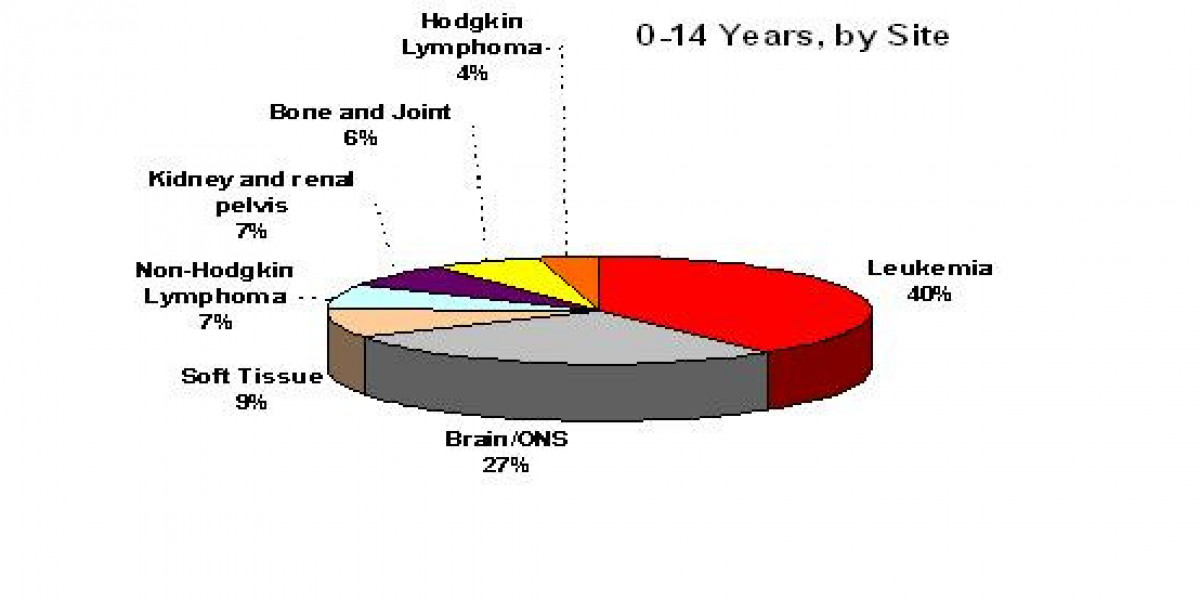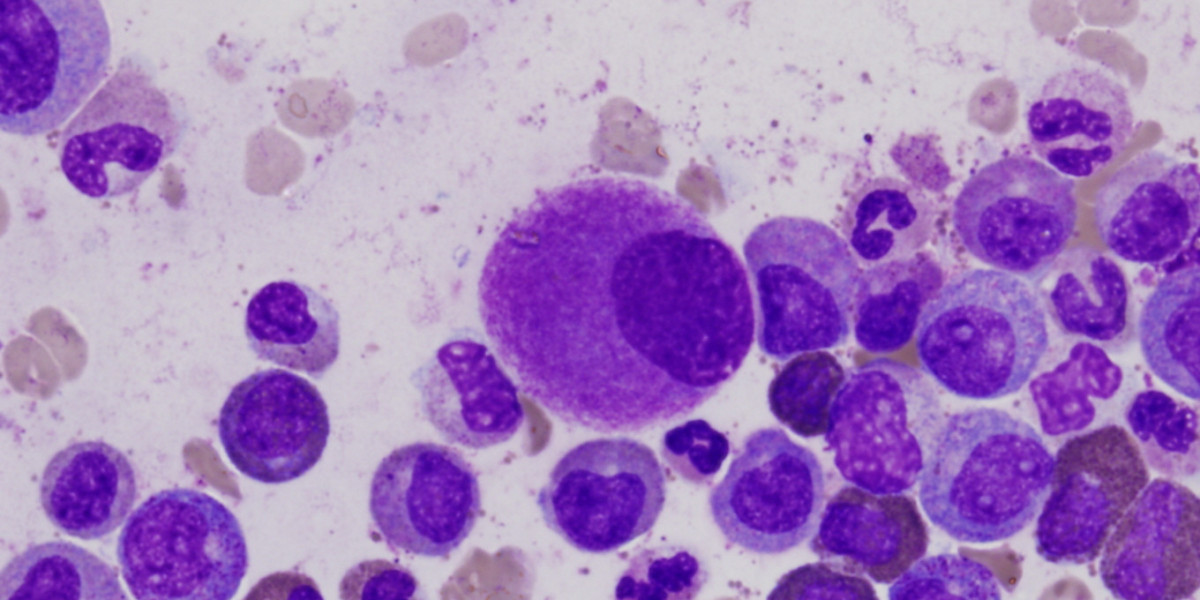Blogs > Holding on to herself — and her hair — during breast cancer treatment
How cold capping helped Marisa Rosenthal take control of chemo hair loss
On a Friday evening in January 2025, Marisa Berman discovered a lump in her breast. Life was anything but quiet.
She had just turned 40 and was raising four young children. She also worked as a marketing director and had started a new business with her sister-in-law. An avid fitness lover, she had always been active and enjoyed running, biking, and workout classes.
Within days of her self-exam, she was diagnosed with stage I, grade 3 triple-negative breast cancer. The tumor was small and had not reached her lymph nodes, but the aggressive subtype meant she would undergo 16 rounds of chemotherapy and immunotherapy. She also elected to have a double mastectomy.
During the whirlwind of appointments and decisions, Marisa stayed focused on what she could control. One of those decisions was whether to try scalp cooling, also known as cold capping, to preserve her hair.
Marisa had already heard of cold capping from various sources. She spoke to friends and acquaintances who had been through breast cancer. Many had been told scalp cooling wouldn’t work with their chemotherapy regimen. Online research wasn’t encouraging. Based on her medications, one online calculator gave her just a 30% chance of keeping her hair.
“But I just thought, I’m not going to accept that,” she says. “This was my way of trying to take some control in a situation in which I felt like I had none. Even if it didn’t work, I would know I tried.”
Marisa’s oncologist was supportive. Her hospital offered manual cold capping using gel caps frozen with dry ice. The caps had to be changed every 20 to 25 minutes before, during, and after chemo. Marisa chose to hire a professional cold capping company.
Each treatment became a full-day commitment. Capping began one hour before infusion and continued for four to five hours after: seven hours total. She brought a heated blanket and a heating pad for her face to manage the extreme cold.
“It was the worst brain freeze you’ve ever had in your life,” she says.
At home, she followed every aftercare instruction precisely. She washed her hair only once or twice a week, using cold water. She avoided all heat styling. Brushing her hair was minimal. The regimen was strict.
She stuck with it.
The results: She lost some hair, especially around her hairline, but retained about 70% overall.
“It’s not for the faint of heart,” she admits.
For Marisa, the benefits of cold capping went far beyond appearance. Her four children, ranging in age from toddlers to early elementary schoolers, couldn’t fully understand what was happening.
“There were so many parts of treatment my children couldn’t see or understand: my port, my scars, the fatigue,” she says. “But keeping my hair helped them see me as the same mom.”
Later, she realized how much normalcy she had preserved. Sitting in the hospital cafe between appointments, she ran into a close friend of her mother-in-law. The friend was surprised to see her at the hospital and asked what she was doing there.
After a moment’s hesitation, Marisa explained her diagnosis and that she had been through seven rounds of chemotherapy. She noticed the friend’s eyes glancing up at her hair. “Most people associate chemo with being bald,” she says. “She would have had no idea if I hadn’t told her.”
“Cold capping gave me privacy,” she adds. “It let me choose who to tell and when.”
"There were so many parts of treatment my children couldn’t see or understand: my port, my scars, the fatigue. But keeping my hair helped them see me as the same mom."
Marisa paid out of pocket for cold capping, including the equipment rental, supplies, and professional cold capping services. Insurance covered none of it.
Marisa thinks that insurance companies should provide coverage. “It’s not cosmetic. It’s a medical device in a hospital setting that can require assistance to use." She adds, "Cancer strips you of so much. Being able to hold onto something of yourself helps you feel better mentally, which helps with healing.”
In the U.S., the federal government sets rules about what private health insurance must cover. Manual cold-caps, like Marisa used, are not regulated by the FDA. In recent years, new cold caps have been developed that use built-in cooling systems to keep the scalp at a steady temperature. These high-tech caps are easier to use and have strong scientific support.
Because they keep temperatures more consistent and have been tested in clinical trials, these newer cold caps are FDA-approved. The Centers for Medicare and Medicaid Services also see them as a helpful way to manage hair loss from cancer treatment. Some states are working to require that private insurers cover these advanced cold caps. If insurance doesn’t cover them, some patient assistance programs and other organizations can help cover the cost of scalp cooling as well.
Marisa encourages others to explore cold capping if it’s something they want to try. “If cost is a barrier, look into organizations that offer support. Help is out there.”
Before her diagnosis, Marisa had run the annual 10-mile race in Philadelphia called the Broad Street Run six times. Even during chemotherapy, she stayed active, working out with her trainer and taking fitness classes when she could.
Marisa’s co-workers surprised her by organizing a breast cancer mud run in her honor, held the day before her double mastectomy.
“It wasn’t my fastest race by any means,” she says. “But I kept telling myself: If you can get through chemo, you can do anything. It was my last day of movement before surgery, and I got to spend it pushing through something hard, moving my body and supporting breast cancer survivors.”
She plans to run Broad Street again in 2026 and hopes to complete a marathon to raise funds for breast cancer research.
Today, Marisa is still undergoing immunotherapy. She still has her port and surgical scars. But she also has her family, her sense of self, and her voice.
She knows her choices won’t be right for everyone, but she hopes her story can be a reminder of what’s possible.
“If sharing my story makes even one woman stop and do a self-exam or realize they have options, then it’s worth it.”
DISCLAIMER:
The views and opinions of our bloggers represent the views and opinions of the bloggers alone and not those of Living Beyond Breast Cancer. Also understand that Living Beyond Breast Cancer does not medically review any information or content contained on, or distributed through, its blog and therefore does not endorse the accuracy or reliability of any such information or content. Through our blog, we merely seek to give individuals creative freedom to tell their stories. It is not a substitute for professional counseling or medical advice.
Breast cancer statistics
Discover statistics to answer some of the most common questions and to present a general picture of what breast cancer in the U.S. looks like today.
Young with breast cancer
If you are diagnosed with breast cancer before the age of 45, your medical and emotional concerns may be very different than those who are diagnosed when they are older.
Genetic counseling
Genetic counseling is the process of meeting with a genetic counselor to discuss your family health history and whether genetic testing is right for you. A genetic counselor is a healthcare provider.
Early menopause
If you are premenopausal or perimenopausal, breast cancer treatments may cause your menstrual periods to stop for a while or, in some cases, permanently.
Ovarian suppression
Ovarian suppression is surgery, radiation therapy or medicine that is used in premenopausal women to stop the ovaries from working.
Gonadotropin-releasing hormone (GnRH) agonists
The gonadotropin releasing hormone agonists, or GnRH agonists, are a class of injectable medicines offered to pre- and perimenopausal women with breast cancer in order to temporarily suppress, or slow, ovarian function.
Making decisions about protecting your fertility
You might not be thinking about having a family at the time of your diagnosis, but that’s the best time to talk with your partner, family, and healthcare team about future fertility.
Protecting your fertility during treatment
If you are premenopausal (still having menstrual periods), breast cancer treatments such as chemotherapy and hormonal therapy can affect your fertility. This may make it harder to become pregnant after treatment ends.
Birth control & breast cancer
If you were not in menopause before your breast cancer diagnosis and you are sexually active, it’s important to discuss birth control, or contraception, with your doctor.
Am I in menopause
Women affected by breast cancer may be premenopausal or perimenopausal before diagnosis. Learn more about early menopause, and other ways that you may be affected.
We'll send support straight to your inbox.
Tagged:
Living Beyond Breast Cancer is a national nonprofit organization that seeks to create a world that understands there is more than one way to have breast cancer. To fulfill its mission of providing trusted information and a community of support to those impacted by the disease, Living Beyond Breast Cancer offers on-demand emotional, practical, and evidence-based content. For over 30 years, the organization has remained committed to creating a culture of acceptance — where sharing the diversity of the lived experience of breast cancer fosters self-advocacy and hope. For more information, learn more about our programs and services.
Living Beyond Breast Cancer
40 Monument Road, Suite 104
Bala Cynwyd, PA 19004
©2025 Living Beyond Breast Cancer
Originally published on LBBC.
